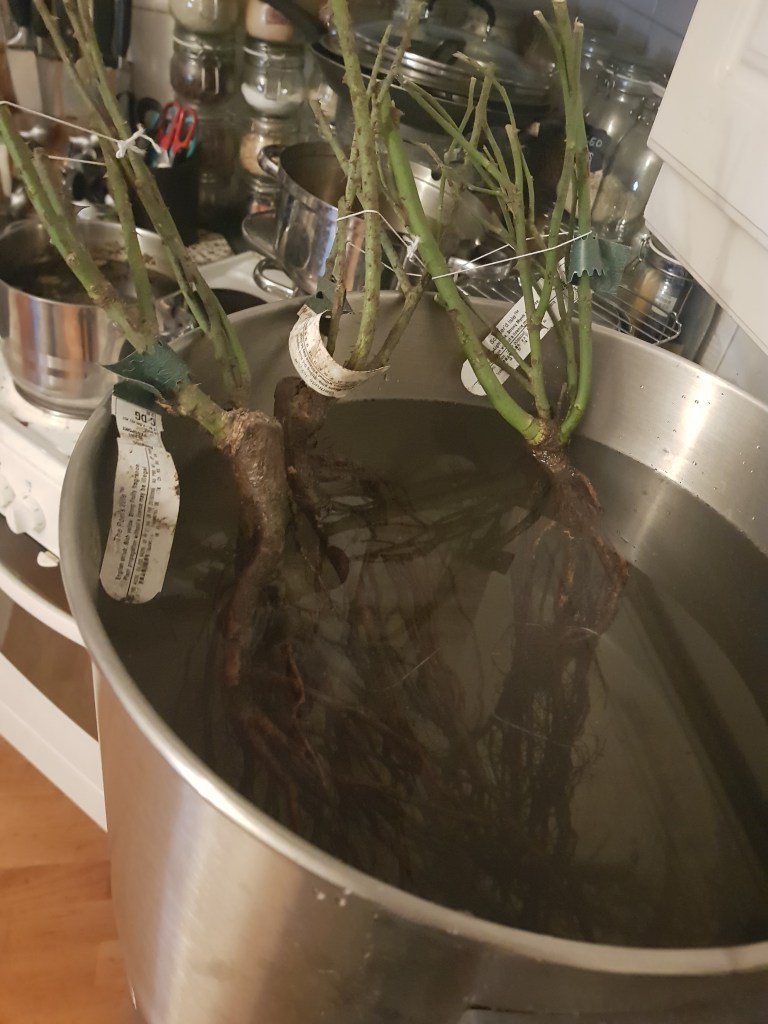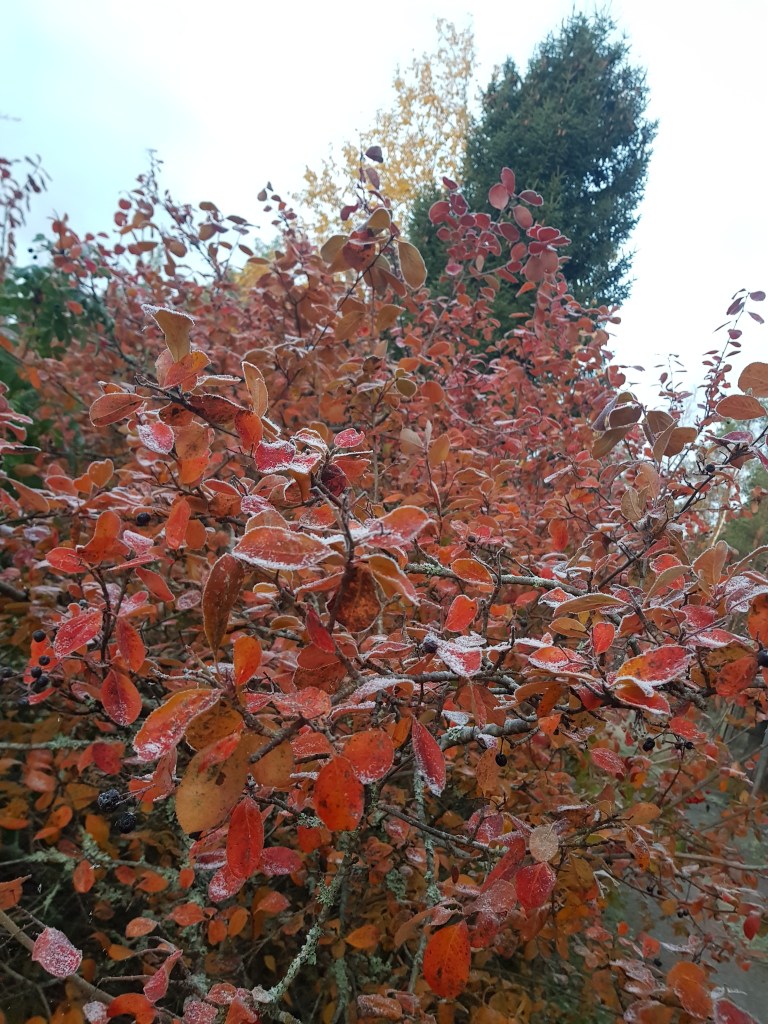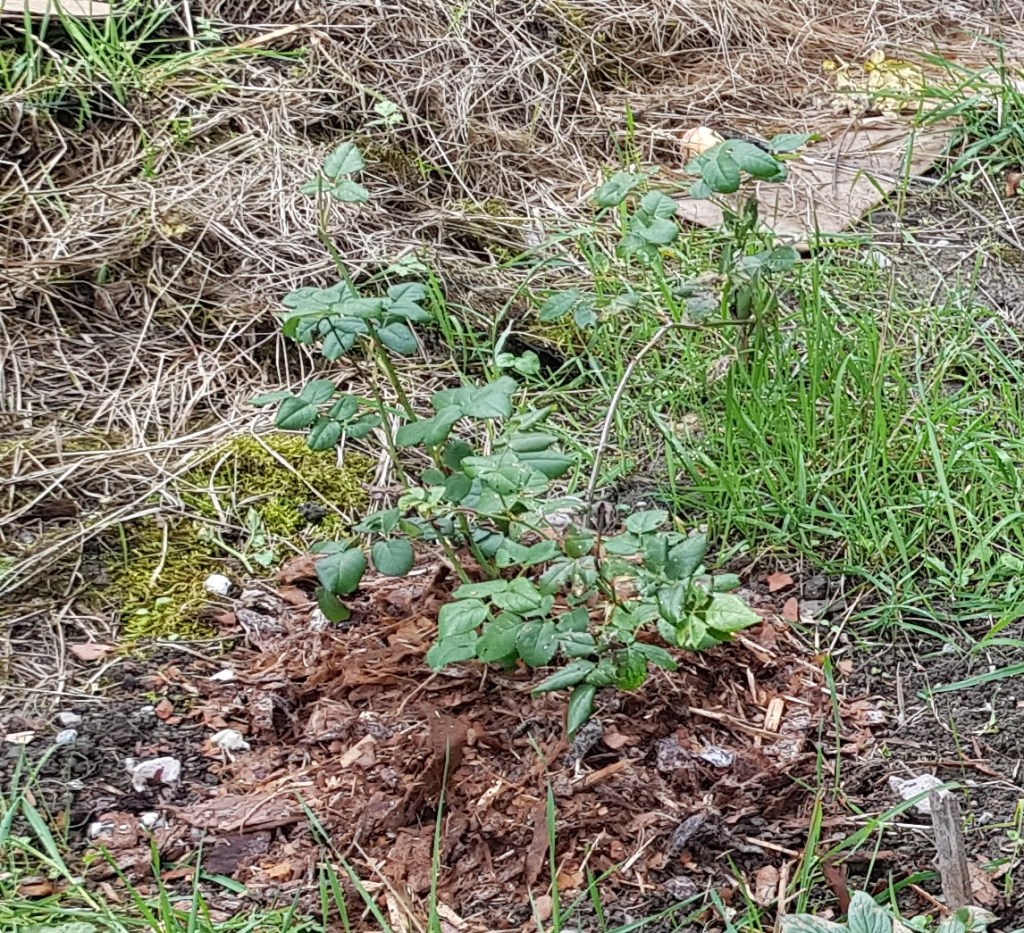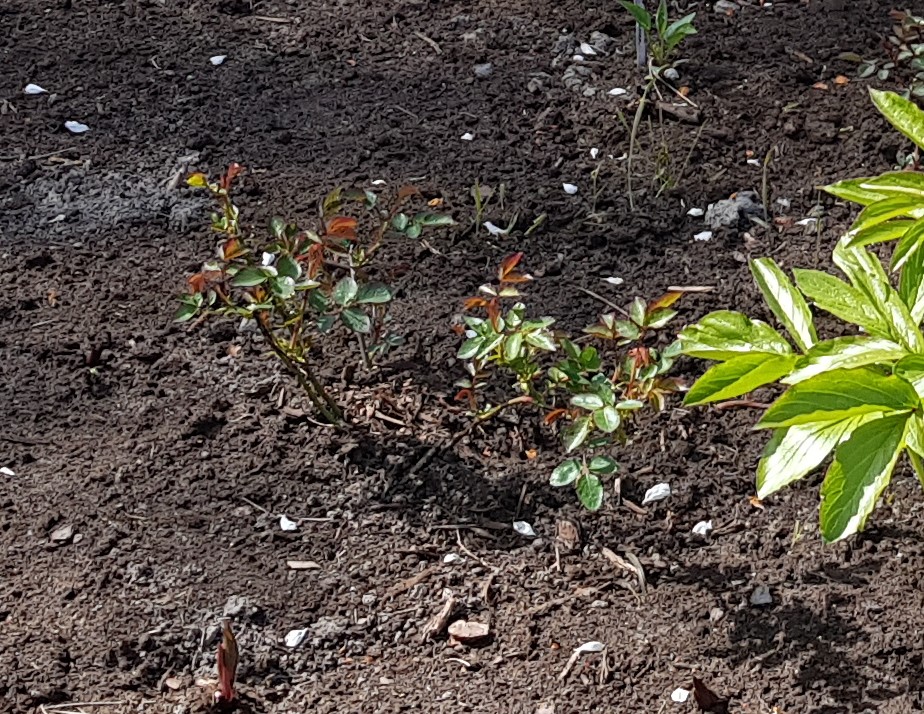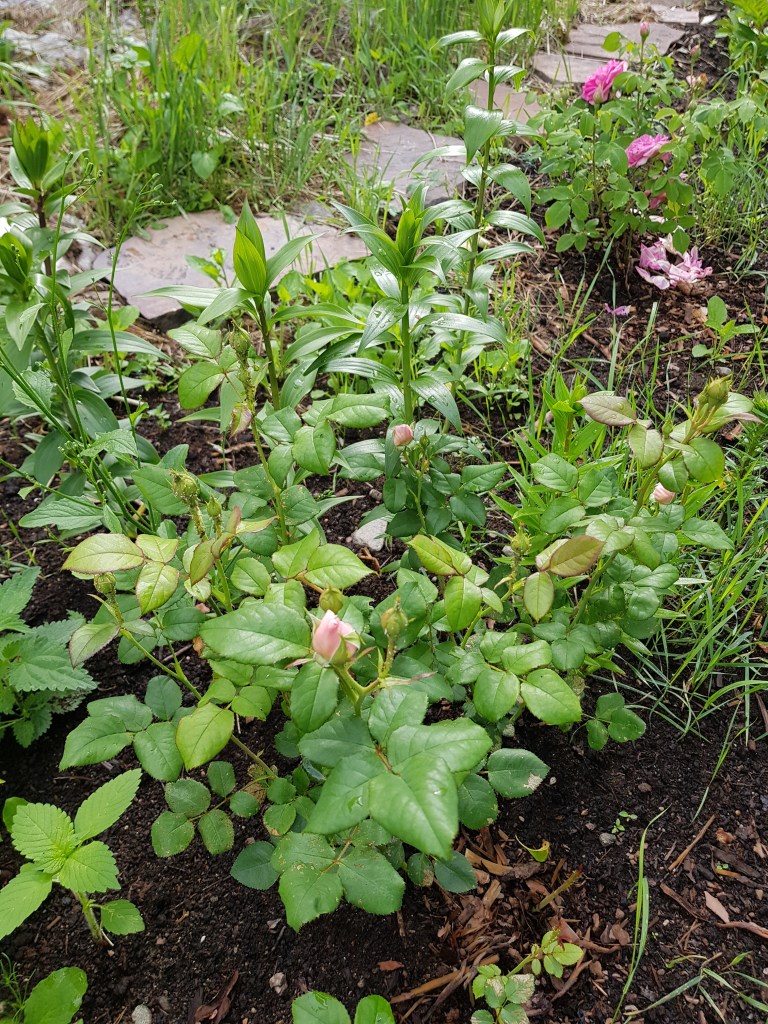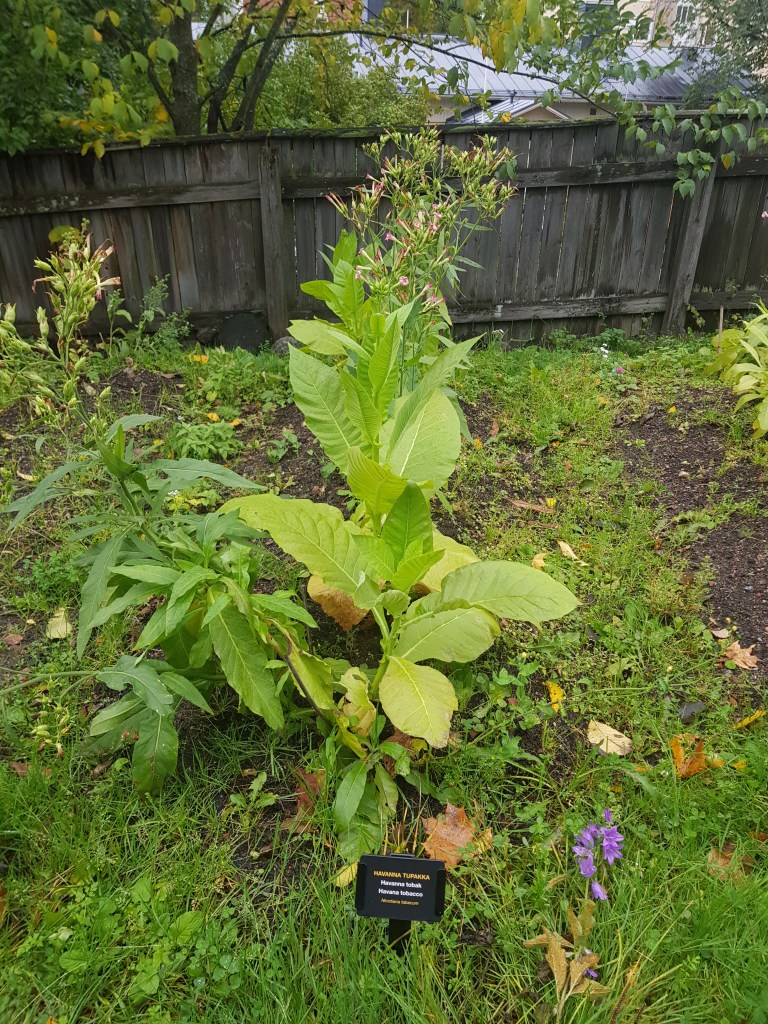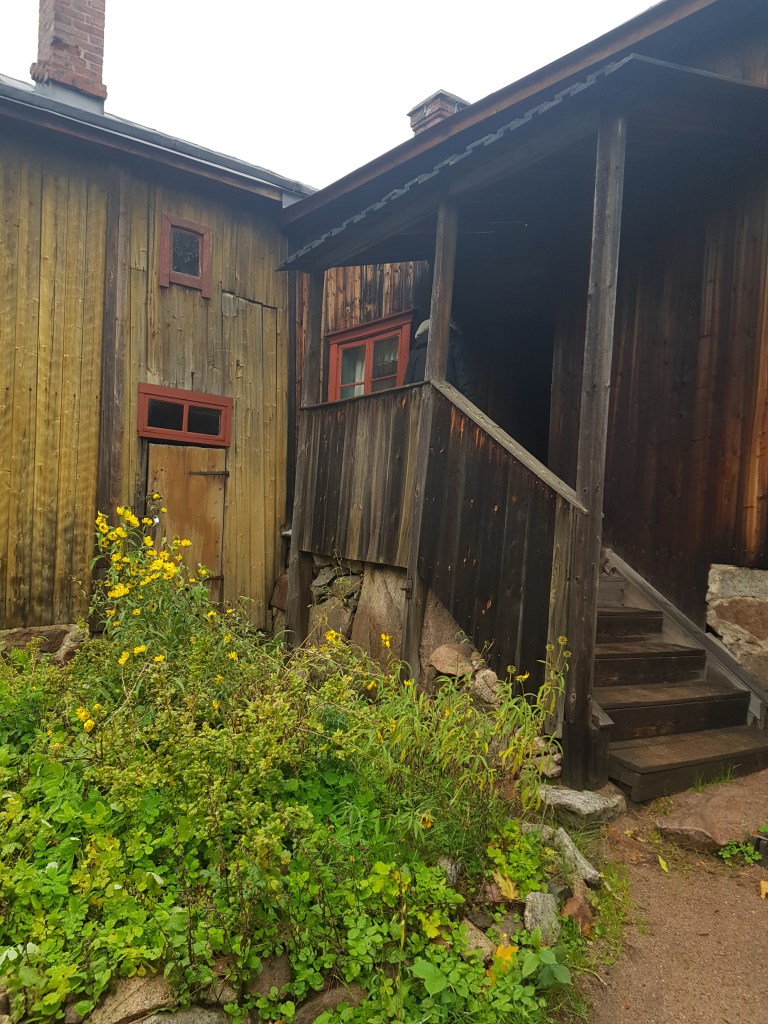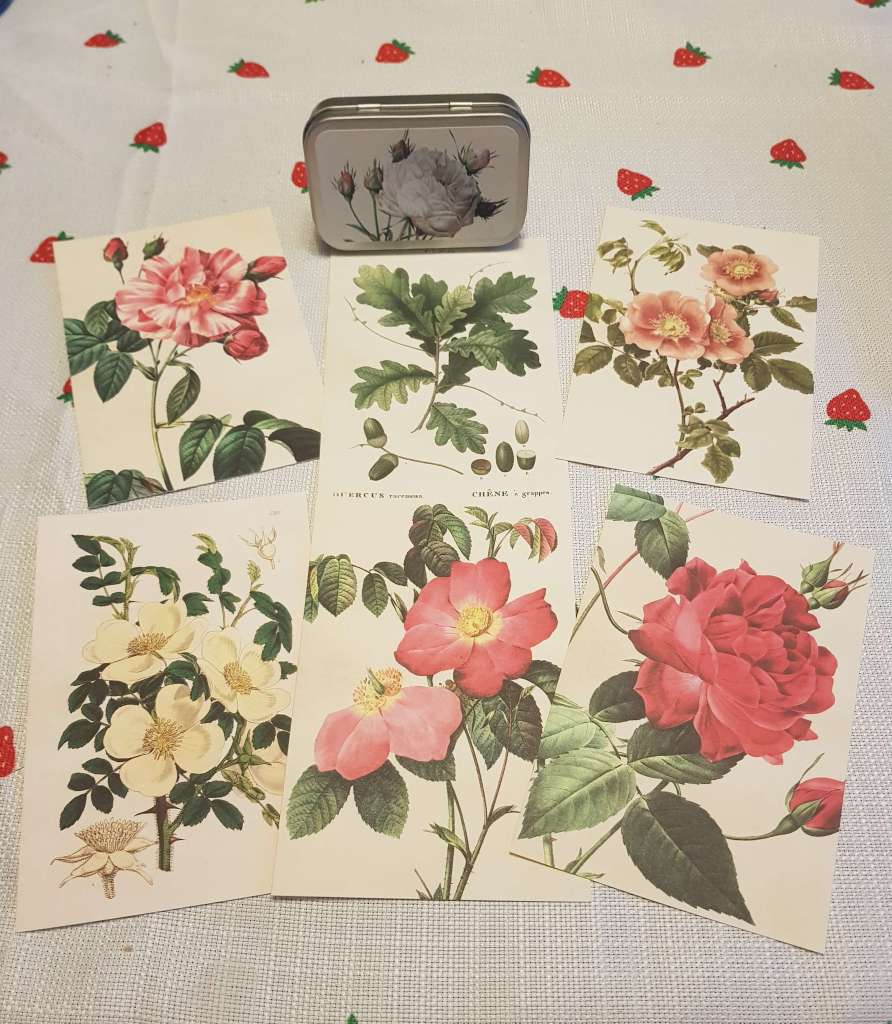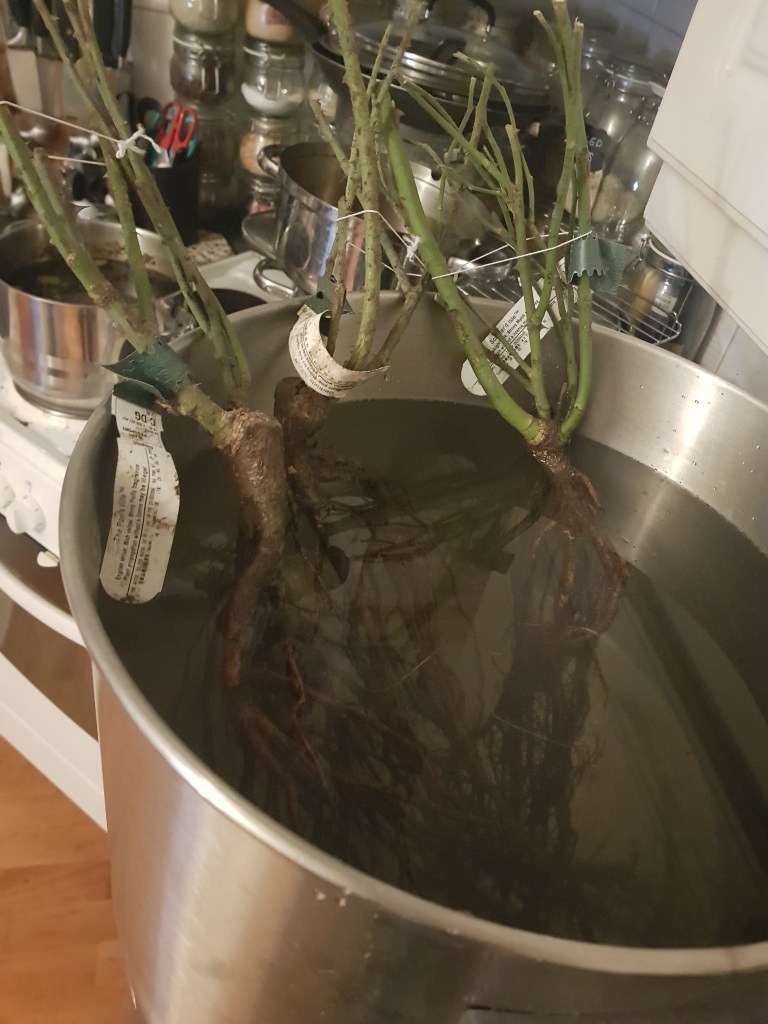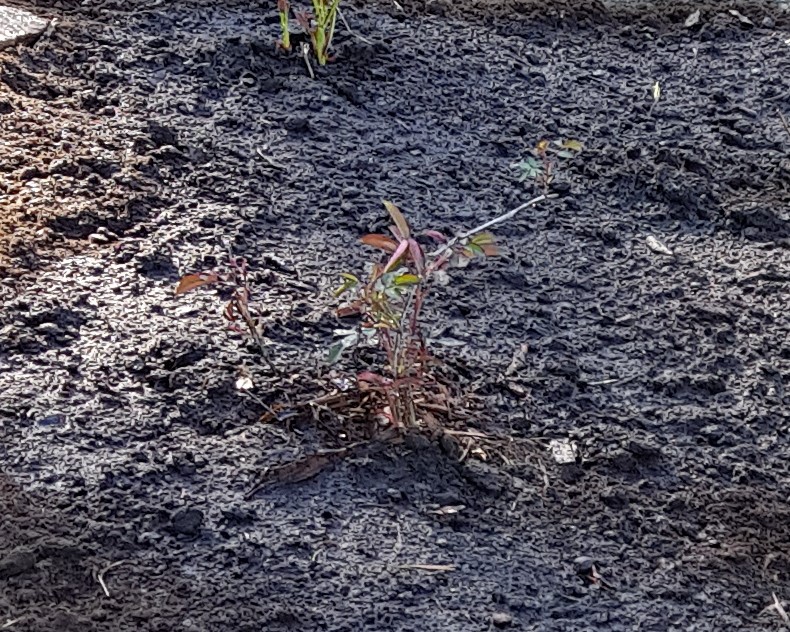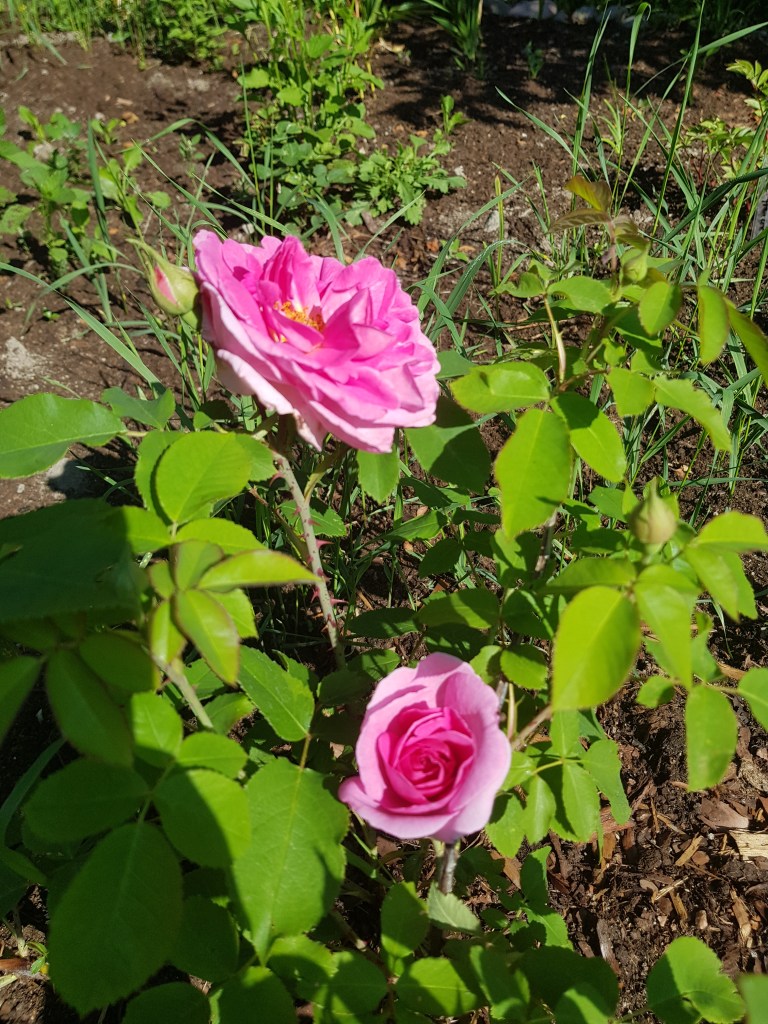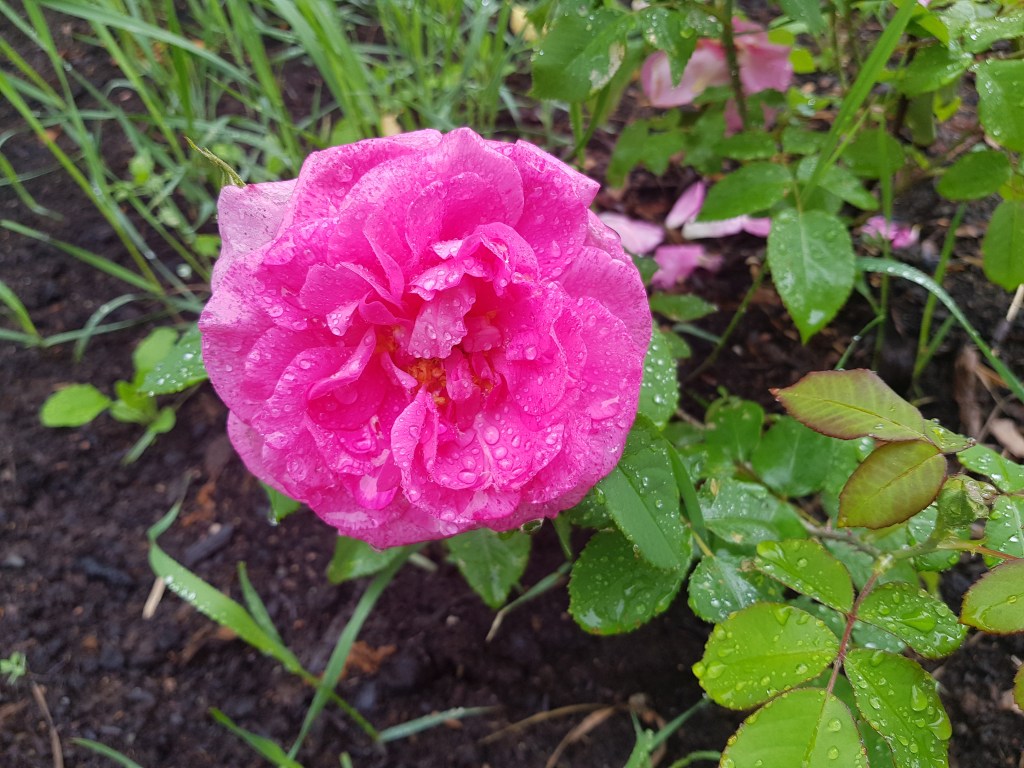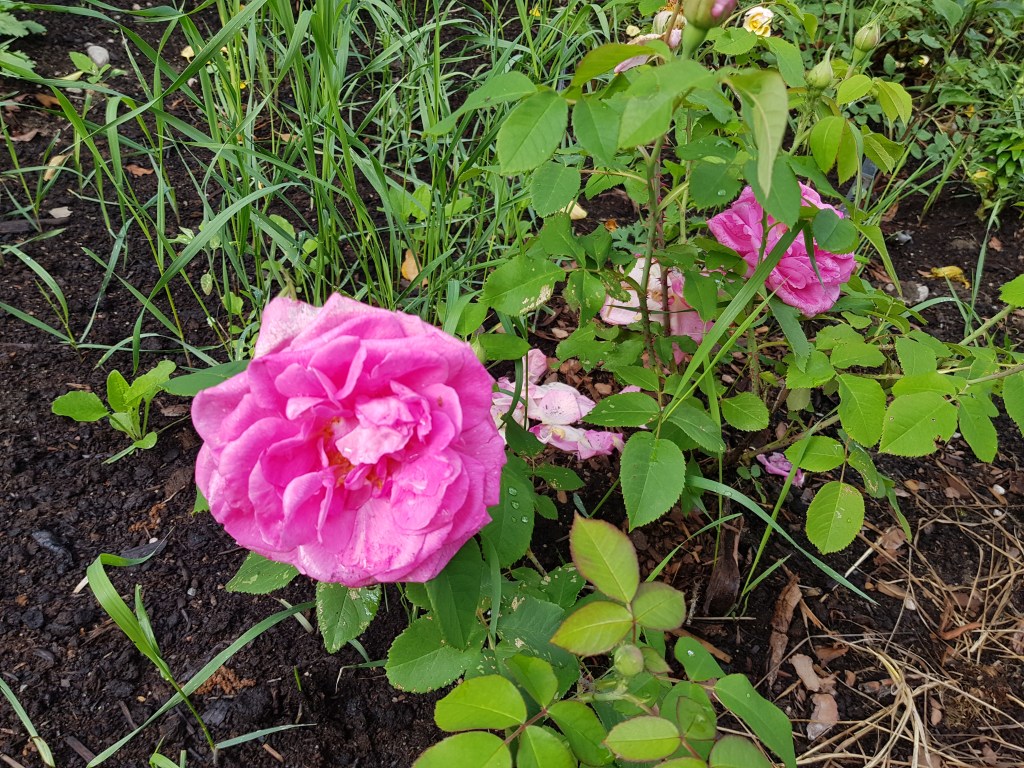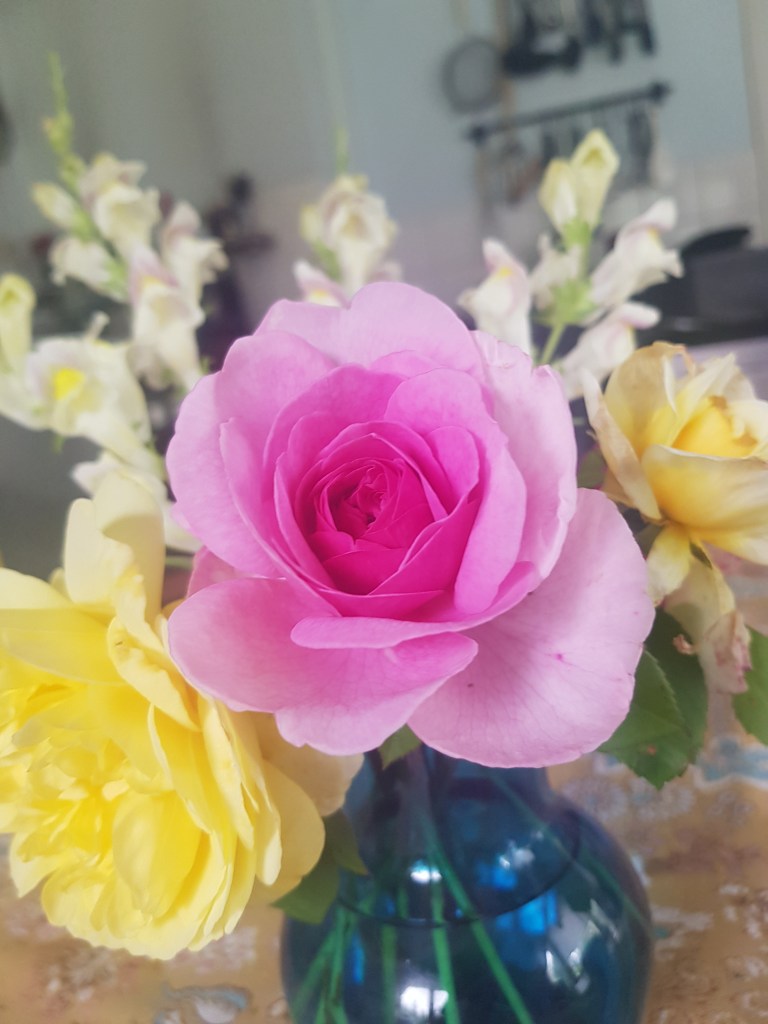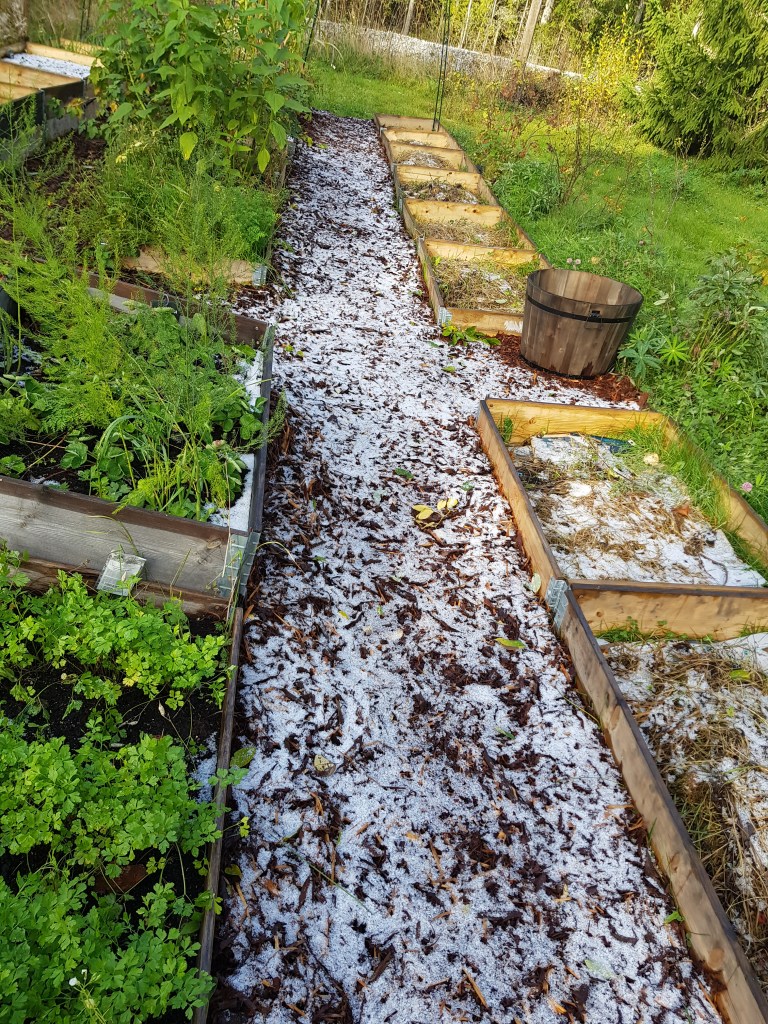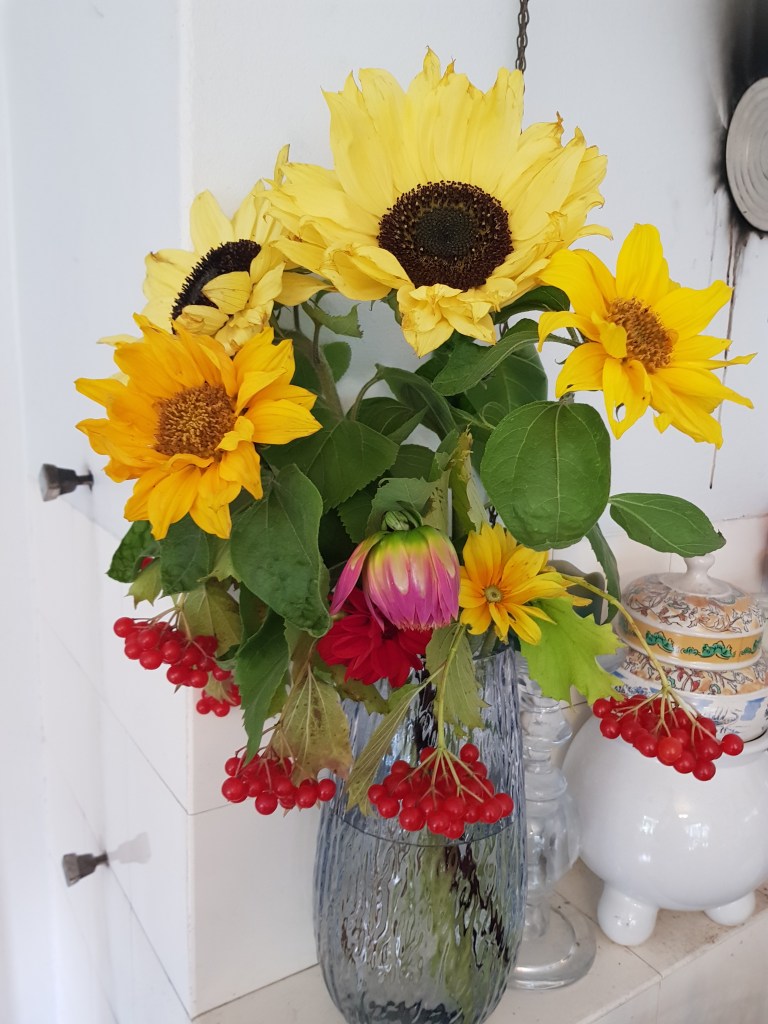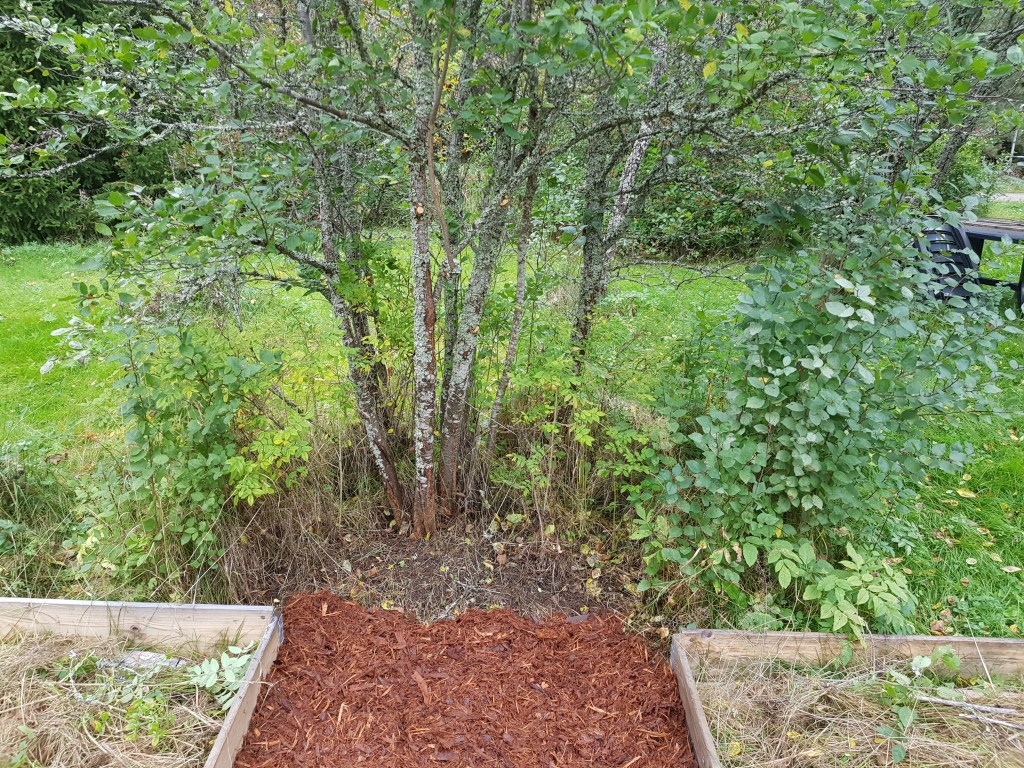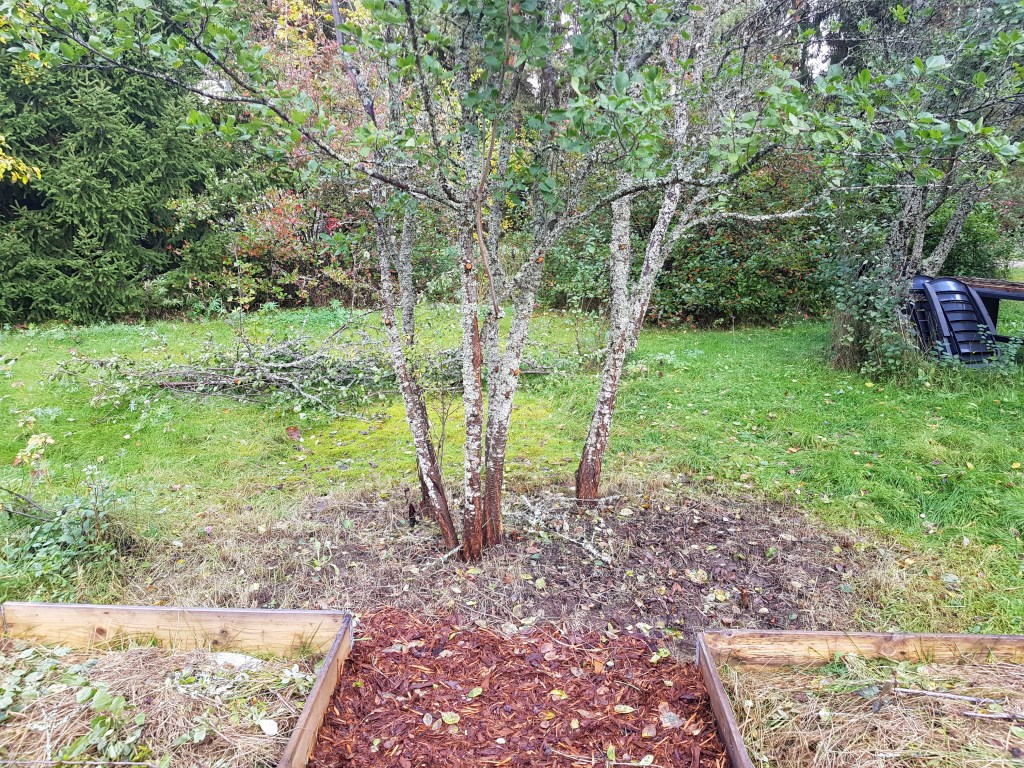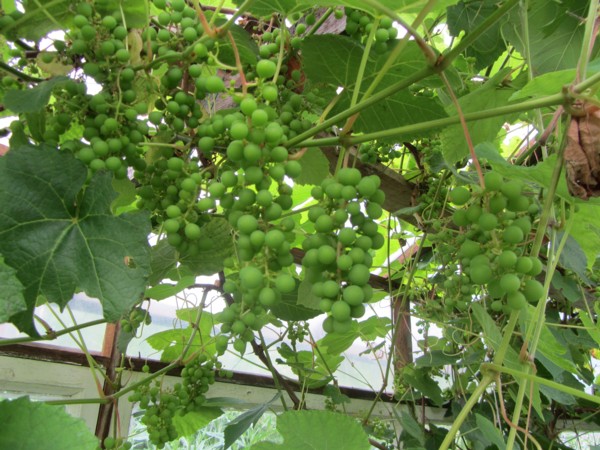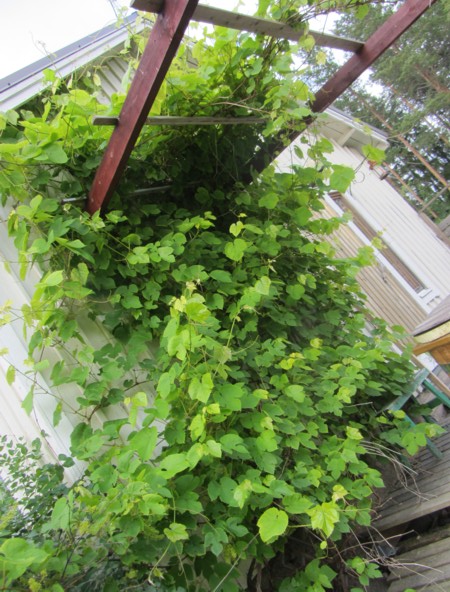A year and a month ago, I shared a weekend project where I added shelving to our root cellar which had been sitting unused under the house for a good couple of decades. Since I’ve finished storing most things in the root cellar this autumn, it seemed a good time to catch up on how it’s worked out this past year!
1. The stairway downstairs, with temperatures warmer than the basement but cooler than the house proper. This also happens to be the perfect place to store onions (hanging along the wall) and baskets of apples (in the corners). Last winter, we had a big box of apples stashed here for over six months in perfect condition that provided not only convenient fruit but a lovely aroma as you went down the stairs.
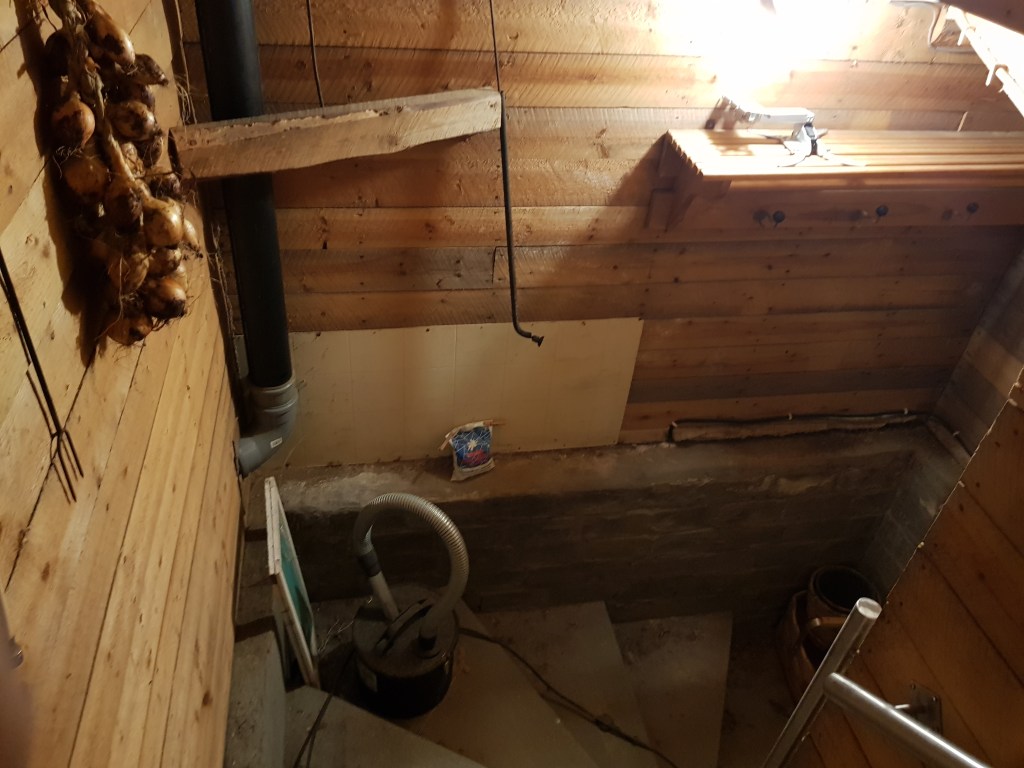
2. The view from the door into the root cellar. The small shelves attached to the wall on the left came with the house. I installed the middle set of three shelves last year. The set of three more shelves to the right was installed this past spring. I’m considering taking out the small shelves next year and lengthening the middle set of shelves, as well as adding another set along the wall to the right of the door, to give the whole room a more uniform appearance. That is, if the shelves don’t end up being discontinued, which seems to be a real concern at the moment.

3. Anything that does better in cold storage is kept down here. That includes jars of various canned preserves and juices, dried herbs, packaged items from the store, and baskets of root vegetables.
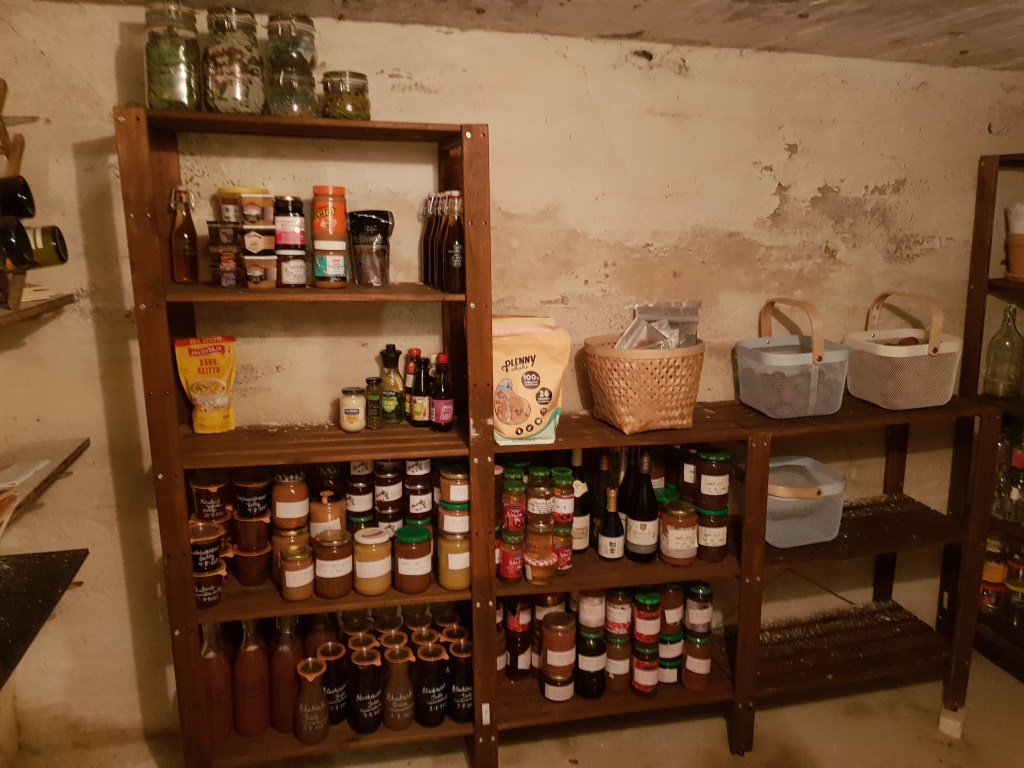
4. Spare jars, pots, dormant bulbs, and overwintering plants are along this side.

5. This year, I’m storing my garden carrots in this big bin filled with potting moss. It keeps them from drying out, which was the main problem I had last year when I kept them out in mesh baskets like the potatoes.
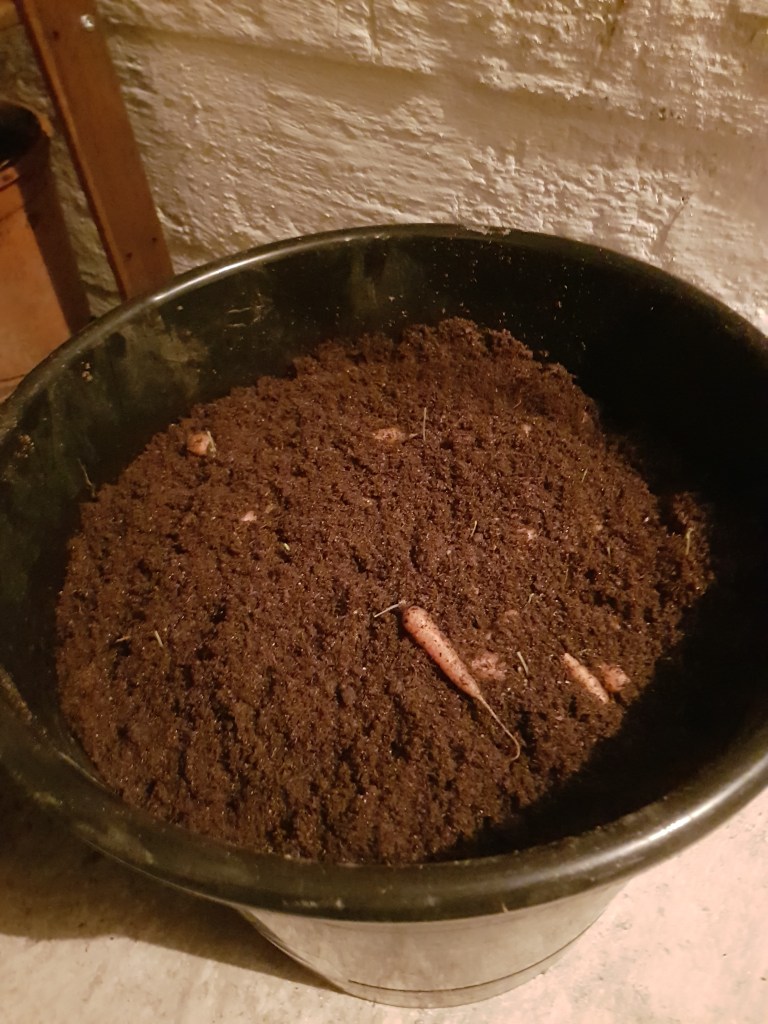
6. You can see in the pictures from last year that I originally was keeping my potatoes in cute little rattan baskets. This proved to be an epically bad idea, as the material soaked in too much moisture and started molding after only a few weeks, ruining the entire batch of potatoes inside it. Everything ended up going straight into the compost heap and I ordered these metal mesh baskets to store anything that remained. They have been enormously useful for all sorts of purposes over the year and are now back on potato duty for their second winter.

Thanks for visiting and please do check out what the other SoSers are doing over at Jim’s page!







